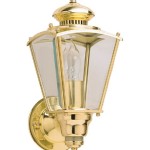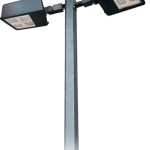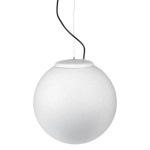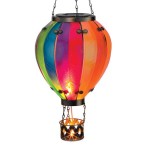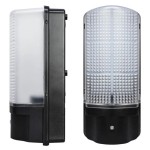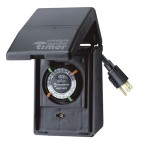Essential Aspects of Outdoor Garden Lighting Systems
Illuminating your outdoor garden not only enhances its aesthetic appeal but also creates a functional and inviting space for evening enjoyment. Here are some essential aspects to consider when planning and installing an outdoor garden lighting system:
Purpose of Lighting
Determine the primary purpose of your lighting system. Is it for ambiance, security, or a combination of both? Ambient lighting creates a warm and inviting atmosphere, while security lighting illuminates dark areas to deter intruders. Knowing your goals will guide the choice of fixtures and placement.
Types of Lighting Fixtures
Various lighting fixtures cater to specific needs in an outdoor garden setting. Path lights illuminate pathways, while floodlights provide broad illumination on larger areas. Spotlights highlight architectural features or plants, and uplights cast light upward to create dramatic effects. Choose fixtures that complement your garden's style and functionality.
Positioning and Placement
Proper positioning of lighting fixtures is crucial for optimal illumination. Place path lights along walkways at regular intervals for safe and convenient navigation. Floodlights should be positioned to avoid glare and direct light into trees or other obstacles. Spotlights should be aimed at focal points to create dramatic effects without overwhelming the surroundings.
Light Source and Color Temperature
Consider the light source and color temperature of your lighting fixtures. LED bulbs offer energy efficiency and longevity, while incandescent bulbs provide a warmer, more traditional glow. Color temperature refers to the warmth or coolness of the light emitted, with lower temperatures (e.g., 2700K) creating a warmer, cozy ambiance, and higher temperatures (e.g., 4000K) providing a cooler, more daylight-like effect.
Electrical Installation and Safety
Proper electrical installation is essential for the safety and functionality of your outdoor garden lighting system. Engage the services of a qualified electrician to ensure that all wiring and connections meet electrical codes. Use weatherproof fixtures and GFCI (ground fault circuit interrupter) outlets to prevent electrical hazards.
Energy Efficiency
Incorporate energy-efficient practices into your lighting system to reduce operating costs and environmental impact. Opt for LED bulbs or solar-powered fixtures that consume less energy. Consider motion sensors or timers to automatically turn lights on/off based on movement or daylight. These measures can significantly reduce energy consumption without compromising lighting effectiveness.
Maintenance and Care
Regular maintenance is crucial to ensure the longevity and proper functioning of your outdoor garden lighting system. Clean light fixtures and bulbs periodically to remove dirt and debris. Inspect wiring and connections for damage or corrosion, and replace bulbs as needed. By following these maintenance tips, you can keep your lighting system in optimal condition for years to come.

Outside Lights How To Design Your Garden Lighting

Exterior Wall Lights At Light11 Eu

68 Inspiring Landscape Lighting Ideas For Every Outdoor Space Design Front Yards

50 Garden Lights Ideas And Designer Fixtures For Your Outdoor Space

Solar Garden Lighting Ideas 18 Pretty Energy Saving

Led Garden Lighting Landscapes In Miami Fort Lauderdale

Illuminate Your Garden With Landscape Outdoor Lighting System Bondilights

Outdoor Lights Garden Exterior Rooms

Types Of Outdoor Landscape Lighting 7 Must Have Fixtures

Outdoor Garden Decorative Lights
Related Posts
